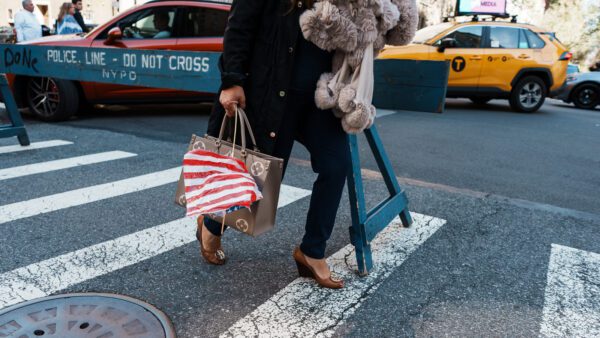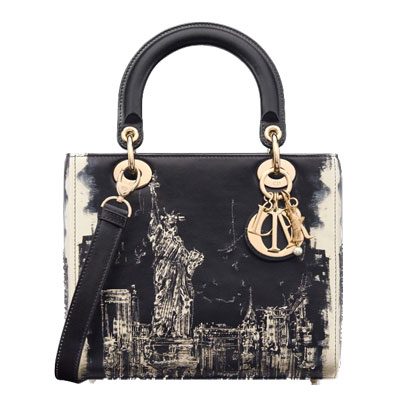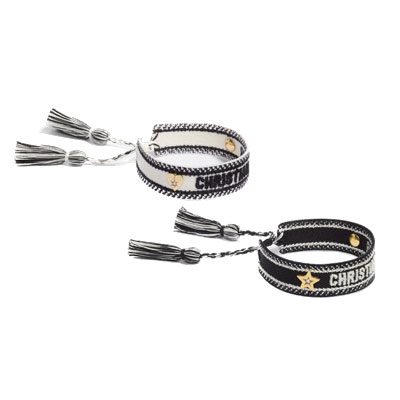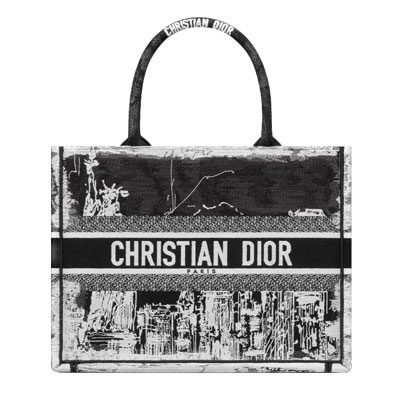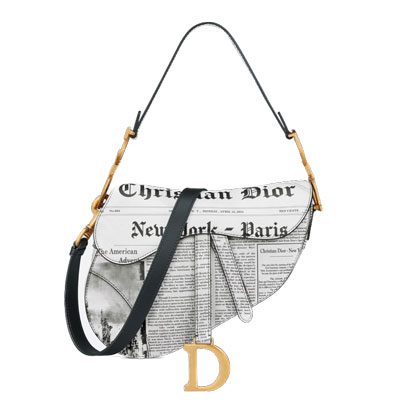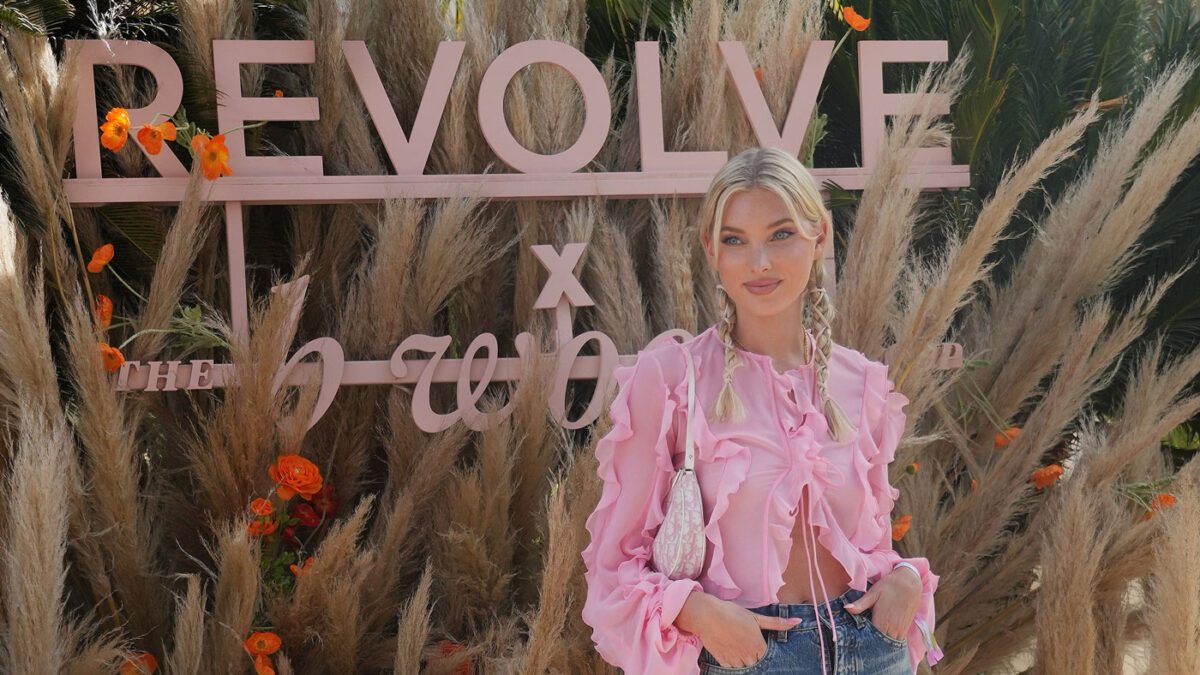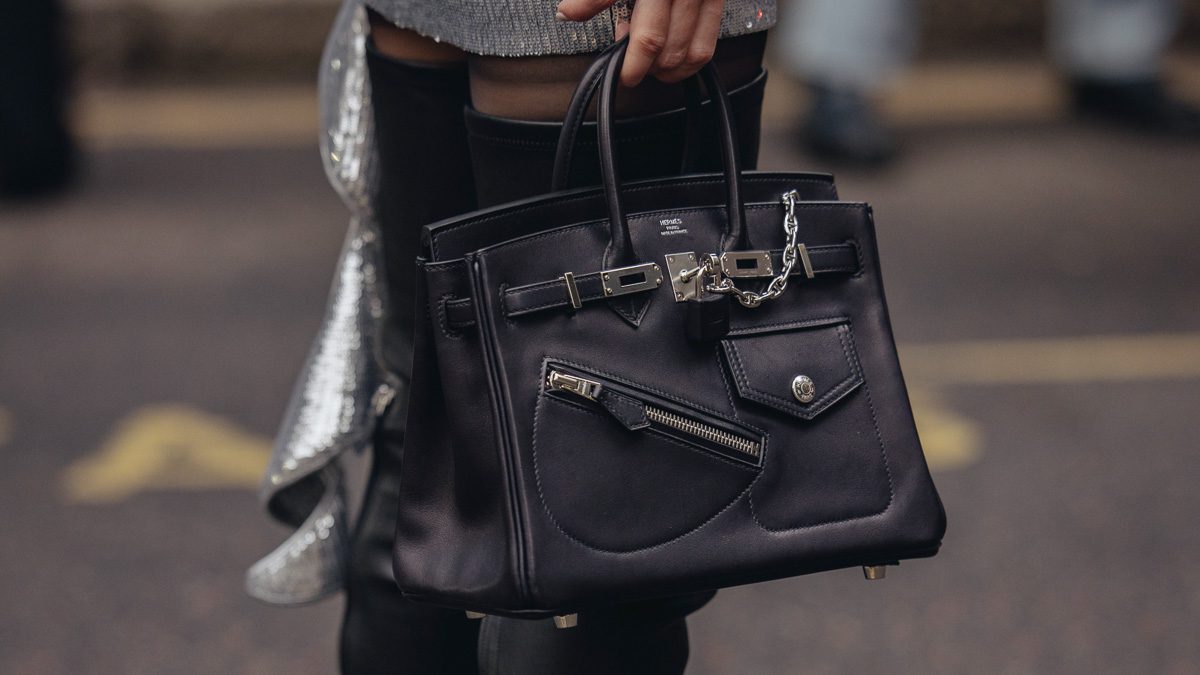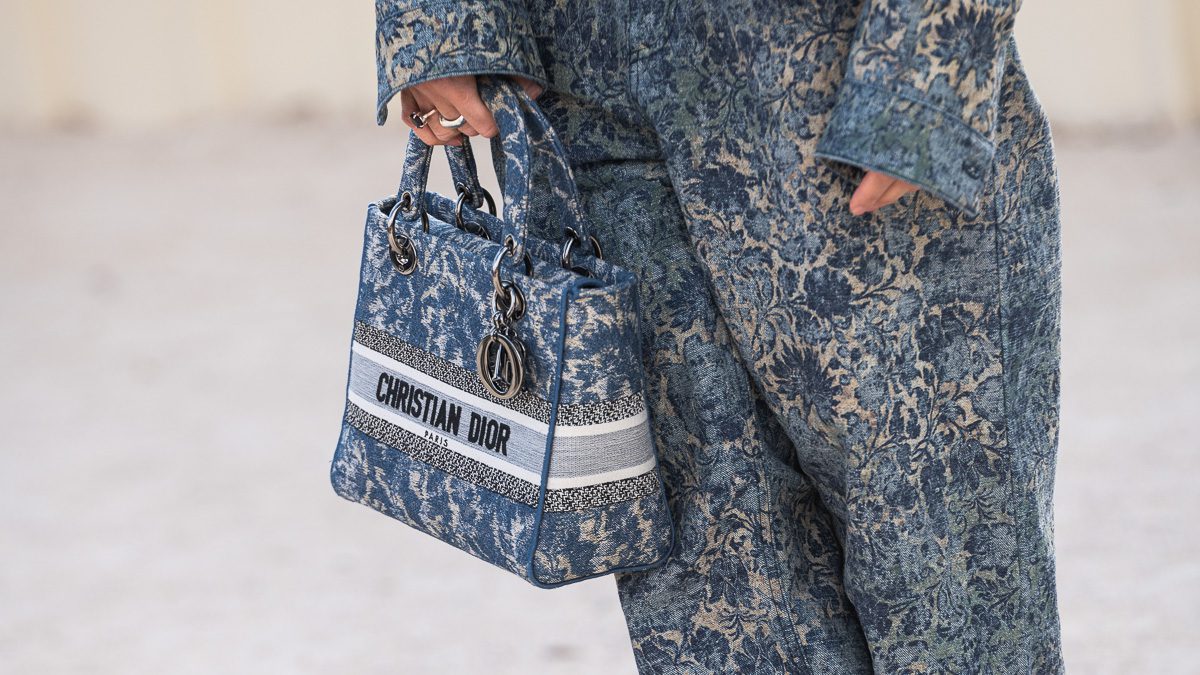Logo bags were a staple of my childhood. While my friends were playing the piano or kicking a soccer ball around, I was often standing in line with my mom at the Coach Factory Outlet, eager to catch a glimpse of the beautiful bags inside. This was our way of bonding: I loved looking at the colorful bags and accessories, and she got the chance to pick out a splashy new tote.
Time after time, I saw my mom’s friends and relatives covet those Cs and LVs, no matter how trendy or passé they were considered in broader fashion circles at any given time. At family gatherings, they clutch their purses tight, tables flush with Louis Vuitton Speedy 35s, Kate Spade crossbodies, Chanel quilted bags, and flashy Michael Kors totes. At times it looks like a lazy Susan of name brands, a wheel of fortune of sorts.
As a kid, I understood why my mom and aunties aspired after designer handbags, albeit in less academic terms. When one of my aunts came to visit with her spiffy new Michael Kors logo bag, I knew it was something special by the way my relatives oohed-and-ahhed over it. My favorite book series, The Clique, reinforced this childhood admiration when it name-dropped big-name designers on nearly every page. If Massie Block could chase a Birkin, I should too, right?
There are some differences, though. For one, I’m not a chestnut-haired white girl from an old-money family. But a bigger difference was that while I, in my angsty adolescence, desired to be someone else, women like my mom saw big-name brands as a complement to who they already were. The cultural meaning of luxury handbags takes on a different connotation for immigrants, who are often assumed to be coming to the United States poor, with nothing but the clothes on their backs. It’s a sign of privilege to buy something for a higher price than its purpose absolutely has to cost—a tote bag from Trader Joe’s essentially performs the same functions as a brand-name shopper, but they mean different things to those who see them.
The gravitation specifically toward easily recognized shapes and patterns is also crucial to understanding why these status symbols meant so much. “Everyone knows what a Louis Vuitton or a Coach logo looks like,” my mom told me on countless occasions, fingering the material of a purse flap. Designer goods are signs that my family made it up and out of poverty.
For our Asian aunties (a term that encapsulates both blood relatives and family friends), investments come in the forms of Michael Kors and Coach, where logo patterns speak volumes. The language of it predates social media; in a world of face-to-face interaction, where every event is an opportunity to be seen and judged, material goods like bags, sunglasses, and cars provide the perfect opportunity to demonstrate personal progress.
Many of these women fled with little from their native countries, struggling to feed themselves and find enough work. For some, coming to America meant that they still made garments for piecemeal wages, labored on night shifts while attending community college, and scrimped to pay for rent, groceries, transportation—everything.
But at some point, the living became easier. As Asian immigrants of my parents’ generation grew more financially secure, spending money on luxury goods became a reality, and everyone noticed. If someone came to church with a new Burberry scarf or Tory Burch flats, their peers would know instantly that their hard work had been justly rewarded.
Looking like your luck had turned was important enough to bend the rules. Couldn’t afford the real-deal Gucci print? If a stand at the local swap meet hawked $50 handbags that almost looked like the real thing, then what was the harm? Upside-down LV logos were sometimes present, if you looked hard. Coach Cs came in a variety of colors. Some of my aunties justified this as a placeholder, a way to know if the bag looked good on your arm before buying it. Others saw it as a fast-track way to create this image of success through conspicuous consumption. It all factored into building a certain aesthetic as a successful Asian woman. My friends and I constantly poked fun at how our moms looked when they were flush with designer goods, real and counterfeit alike. We found it tacky to wear a brand on your arm like an advertisement, but to them and many others, these physical manifestations of milestones they’d worked hard to achieve were beautiful.
Those who bought the real deal knew that they were getting their money’s worth. Paying a higher price for a handbag is also tied to frugality, a virtue extolled by Confucianism. The point of buying a pricier purse is to get something higher quality. Real leather doesn’t flake or crease as easily as pleather does. The thick texture of saffiano leather or tighter weaves won’t be as scuff-prone as cheaper fabrics may be. The bags will keep their shapes for longer; minute details like thoughtful stitching and metal feet for boxy handbags contribute greatly to that longevity.
With this outlook, if a $350 day-to-day handbag would last longer than the $50 one from the TJ Maxx down the street, it’s a no-brainer. Even designer outlet options offered higher quality than one would find on a typical mall brand rack, in the eyes of many Asian aunties. The colors and styles can be hit-or-miss, but I respect that quest for something that will last. It’s another way of looking toward the future.
Where I’m from in Southern California, outlet malls have seen Chinese tourists arriving by the busload in recent years, and they now cater to them with currency exchanges and announcements in Mandarin and Cantonese. Jostling alongside domestic shoppers in line to enter Tory Burch are a steady stream of middle-aged Asian women who, like my mother, came armed with handheld calculators and glasses to inspect whether the outlet discounts were worth it.
Ultimately, though, designer handbags seem to be a choice born both of practicality and identity for many Asian immigrants. My mom is aware that she’s making herself into an image of someone who should be accepted and respected in her community. And even if I’m offering my mom my unfiltered opinion on the bags she chooses, I feel a sense of duty and happiness that she’s trusting me to help her choose her next big purchase.
Of course, this uptick in interest isn’t just an Asian-American thing; it’s one that resonates with people around the globe. I know my mom will proudly tote her Coach logo bag at every one of my cousins’ weddings, boasting that it was me who helped her pick it out, and I’m happy to have played my part in helping her feel like the best version of herself.


